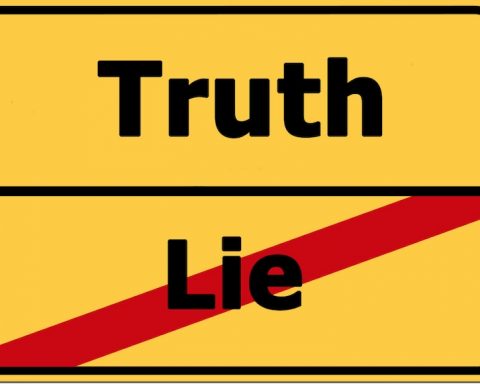We hear the term ‘boundaries’ being bandied around a lot these days and therefore it is in danger of becoming mediocritised’ along with so many other good words. When good words are mediocritised, eg. love, trauma, narcissism and so on, they are in danger of losing their sacredness and become trivialised.
So, what are boundaries and why do we need them? What is their function? What is their purpose?
The function of boundaries is to set limits in order to prevent other people from overstepping or engaging with us in a way that we are not comfortable with. The purpose of setting (and respecting) boundaries can be critical to succeeding at work, in friendships, and especially in relationships. It can also often be helpful to set boundaries with family. This is often the most difficult due to the emotional enmeshment which is part of the family network.
While some may view setting boundaries as an unfair imposition upon others, healthy boundaries allow each person to preserve and maintain their own needs, space, and health—ultimately allowing for more successful relationships.
There are many different types of boundaries, ranging from personal to emotional to psychological. Carving out certain days of the week to spend time with your significant other is an example of setting boundaries. Similarly, turning off your phone and other electronic devices for the sake of having personal time is another way of taking care of yourself. Boundaries can also involve topics of conversation, physical comfort level, types of communication, and more. Healthy boundaries can vary by individual and by relationship, and they will be different for different people. This is very important to be aware.
In essence, setting healthy boundaries allows people to take care of themselves and more clearly identify their needs while also respecting others.
It is also possible however, and not uncommon for people to set unhealthy boundaries. People with healthy boundaries tend to be secure and centred individuals with a solid sense of who they are. Their boundaries are clear but can be flexible as they have an inner awareness of what they can ‘afford’ in terms of their physical, mental, emotional or spiritual bank account. If the account has a healthy balance and is topped up regularly then flexibility with respect is the norm. However, an individual who lacks that inner security and strong sense of self is more likely to have rigid boundaries and a short fuse if those boundaries are in any way threatened or perceived to be.
How do we recognise and set boundaries? Well, to a large extent we have inbuilt boundaries in terms of our innate sense of danger and a common sense approach to knowing what is good for us, even if we don’t always uphold those boundaries. We take risks and that’s ok. But, to go deeper we start with our values and create our boundaries around our values. Without being clear in this way it is all too easy to have boundaries violated without realising that Is what is happening. We may just feel hurt and devastated when our partner, boss or parent goes off on one … flies into a rage and leaves us feeling awful. Even abused. Or when you realise that a friend has been offloading on you without heeding your advice (that they’ve asked for) or a work colleague offloading their work on to you.
So, you would rerun such an instance and identify your feelings arising from it. Thus, you will very quickly identify the boundary that has been disrespected. Raising your own level of awareness is usually all it takes, though it may take a few tries and more than a little work till it resonates clearly with you. You will clarify it in your mind, write it in your journal, even record it on your phone but the beauty is that once you have the clarity embedded it will take care of itself. Either the violator will simply cease to do so because they have energetically got the message or they will move on out of your life.
For purposes of clarity, we can think of a healthy boundary as a fence. It is strong but flexible, it fences off the area to be protected but people can stand and chat comfortably, leaning on it or even be invited to come in through the gate and visit. The sense of self resides within and is confident of its place in the world. An unhealthy boundary, on the other hand, is like pillars of solid rock surrounding a space. Rigid and inflexible it is erected to protect the space in which the person does not feel safe. The sense of safety is given to the pillars of rock along with the instructions to be as hostile as possible to preserve a sense of safety. The space within is therefore a place of fear and confusion, rather than a place of self-love and safety.
Remember, that we are all different and therefore we all have different values and different boundaries. More than that, we need to be clear on our boundaries, initially with ourselves so we recognise right away, if they are being trespassed upon and we can nip things in the bud. If we are not clear with ourselves, how can anyone else know and think of how many relationships could be saved if only people were clear on their boundaries!
Happy boundary setting and please feel free to contact me directly if you would like some more individual help with doing so.
Kate Mchardy MA(Hons) PGCE MSPH. Spiritual coach, teacher and healer.
The University of Light Group
www.thehealingretreat.net
katemch@gmail.com • +44 7712889534








